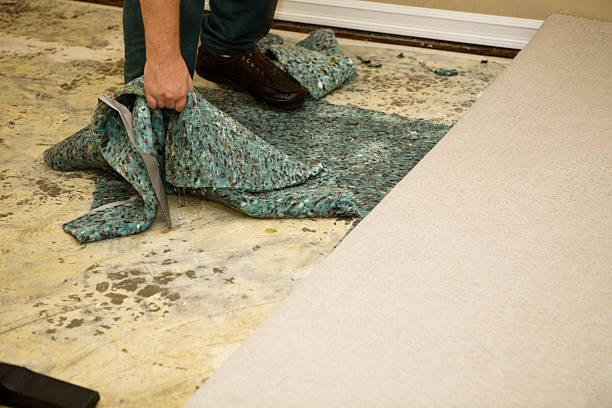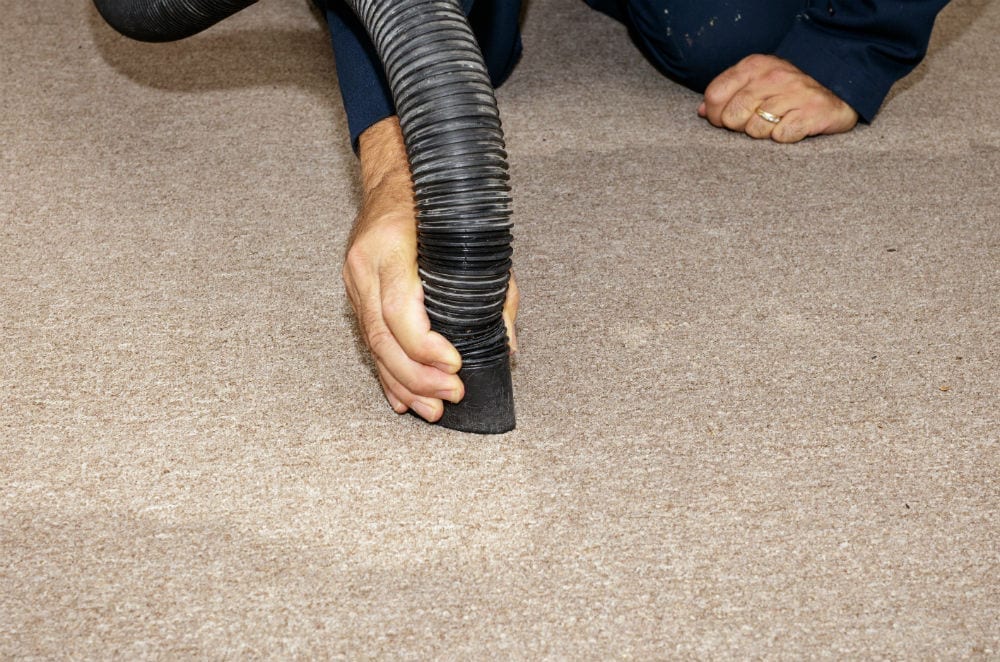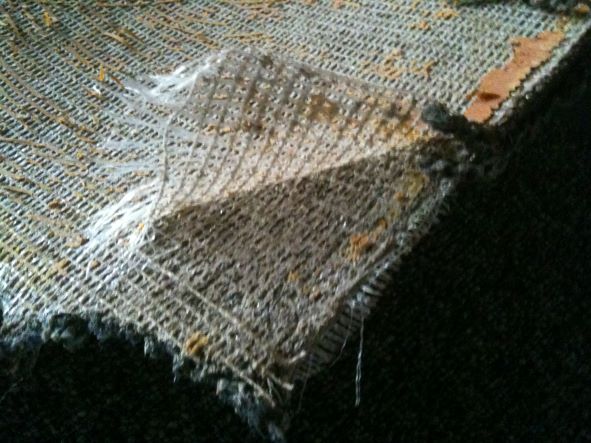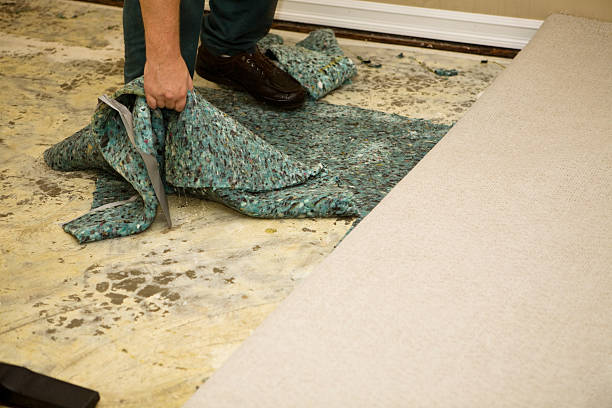It’s something we hope doesn’t happen but very commonly does: flooding in your home. Whether the water is from an actual flood, a burst pipe, leaky roof or other issue, water on your carpet is not a good thing. We want to cover some important things you should know if you experience flooding in your home, whether major or minor.
Quick action is the most important factor when dealing with flooding. The quicker you can get things dry, the less damage there will typically be. Once the water recedes or the source of the leak is fixed, action should be taken immediately to start the drying process.
Any excess water should be removed using a wet/dry shop vac or towels. Carpet should be pulled back, and large fans and dehumidifiers should be used in the space to promote drying as quickly as possible. If left wet for too long, two major issues can arise: mold and delamination of the carpet backing.
Mold
Mold can form quicker than you may think. Under ideal conditions (optimal temperature and level of humidity), it takes only 24 to 48 hours for mold to germinate and grow. Within hours, mold can spread to adjacent moist areas, damaging more of your home. The first 48 hours after water intrusion are important to prevent mold. If the flooded area can be completely dried in this amount of time, mold will have little chance to develop.
Proper drying, however, is difficult. Any amount of moisture left behind the baseboards or under the carpet padding will give mold enough time to develop. You may want to seek the help of professional drying services. These experts have the technical knowledge and specialized equipment needed to safely remove standing water, locate hidden issues and thoroughly dry your home to prevent mold and further damage. If mold does form, the carpet and padding, along with other affected materials, will need to be removed and replaced.
Delamination
The second issue caused by carpet being soaked by water is delamination. This is a condition when the secondary backing of the carpet separates from the primary backing. When carpet is wet for an extended period (6-12 hours), it can breakdown or deteriorate the bonding agent. When delamination occurs, it can manifest as buckling, rippling and separation from the tack-less strips. The separation will be evident when the carpet pulls away from the baseboards, leaving a noticeable gap. Once carpet back delaminates, it cannot be reinstalled.
More Things to Know
If your carpet gets wet, you should contact your insurance company to see if a claim should be filed. If filing a claim, you should ask your insurance company for recommendations for a restoration company. If possible, a sample of your carpet and cushion should be saved for quality testing. This helps you receive the proper replacement value.
Most carpet stores cannot remove and dispose of wet cushion and carpet. If you believe the carpet can be reinstalled, the cushion needs to be removed and the carpet needs to be rolled back, not folded. Folding will create creases that can damage the carpet and prevent it from being reinstalled.
Once the carpet and area are fully dried, then a carpet installer or estimator needs to look at the carpet to see if it’s able to be used again. Tack-less stripping may also need to be replaced if the wood has discolored or is not secured properly.
We hope you don’t experience a flood in your home, but if you do, hopefully these tips can help prepare you for the situation and prevent more costly repairs.
If you have more questions about flooding on carpet, contact Hopkins Carpet One. You can visit our showroom or give us a call at 952-933-6422.




